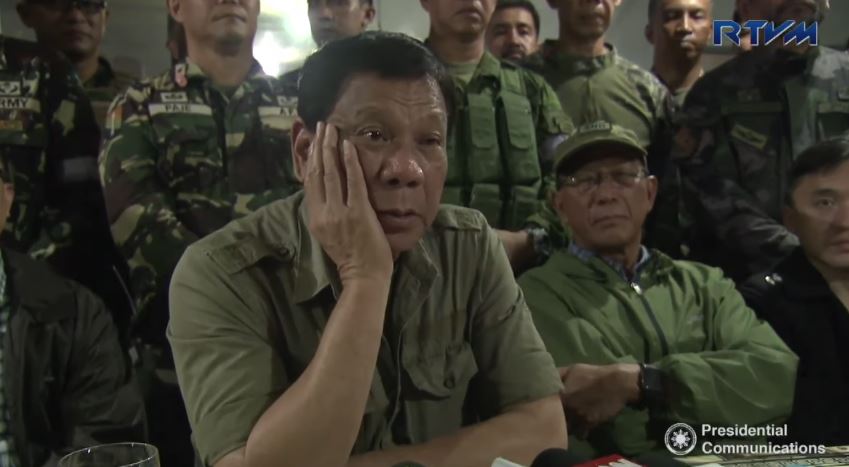President Rodrigo Duterte in a Jan. 29 speech said the Philippines is not an oil-producing country. Not true.
Talking about the government’s anti-poverty programs at the 68th founding anniversary of the Department of Social Welfare and Development, the president said.
“…Indonesia, Malaysia, Brunei have oil. So wala sila masyadong problema diyan (so they don’t have much of a problem) because almost one half of the total — o (or) it’s about mga — GDP kinakain ng… The income, kinakain ng (a big bulk of it is from) oil. ‘Yun ang problema sa atin (That’s the problem with us) plus the corruption.”
Source: Radio Television Malacanang, 69th Founding Anniversary of the Department of Social Welfare and Development (Speech), Jan. 29, 2020, watch from 14:58 to 16:10
He has made similar claims in at least three speeches in 2018, saying that God did not bless the country with oil, unlike other nations. In November that same year, he falsely claimed the oil field in Alegria, Cebu, which he inaugurated, was the first of its kind in the country. (See VERA FILES FACT CHECK: In one speech, Duterte unloads 9 false claims)
But contrary to Duterte’s claim, the Philippines has been producing commercial oil as early as 1979.
Watch this video.
VERA FILES FACT CHECK: Duterte wrong in saying PH has ‘no oil’ from VERA Files on Vimeo.
Based on the latest data from the Department of Energy, oil fields in the country produced a total of 776,093 barrels of oil in 2019. The biggest bulk came from the Galoc oil field located in northwest Palawan, which joins the Alegria oil field in southern Cebu as one of the two remaining operational oil fields in the country after the Nido, Matinloc, and North Matinloc oil fields ceased operations in November 2019.
There are nine other “undeveloped” oil fields in the country, according to a Philippine Statistics Authority report, covering the period from 2000 to 2017, released in January 2019.
The report also said the country’s total oil reserves, which ranges from 134.5 million to 172.8 million barrels of oil, “[have] not drastically changed” from 2000 to 2017 primarily because of the “inactivity of most reserves,” since a large share, or about 91.4 percent, of the total reserves are “Class C” or non-commercial.
As of 2017, “Class A” oil reserves, or those commercially recoverable, are estimated to last for only “four more years.”
Duterte has approved and inaugurated a number of oil-related projects during his term. In May 2018, he opened the Alegria gas and oil field in Cebu. Five months later, he signed the first petroleum service contract under his term with Israeli company Ratio Petroleum Ltd. to explore oil and gas in eastern Palawan.
In May 2019, Duterte signed Executive Order 80 to rationalize the rules on the engagement of third party participants under petroleum service contracts awarded by the government. Duterte acknowledged that allowing third party contractors and the Philippine National Oil Company-Exploration Corporation (PNOC-EC) to participate in service contracts as a move to “enhance” the country’s competitiveness as an “oil and gas investment destination.”





